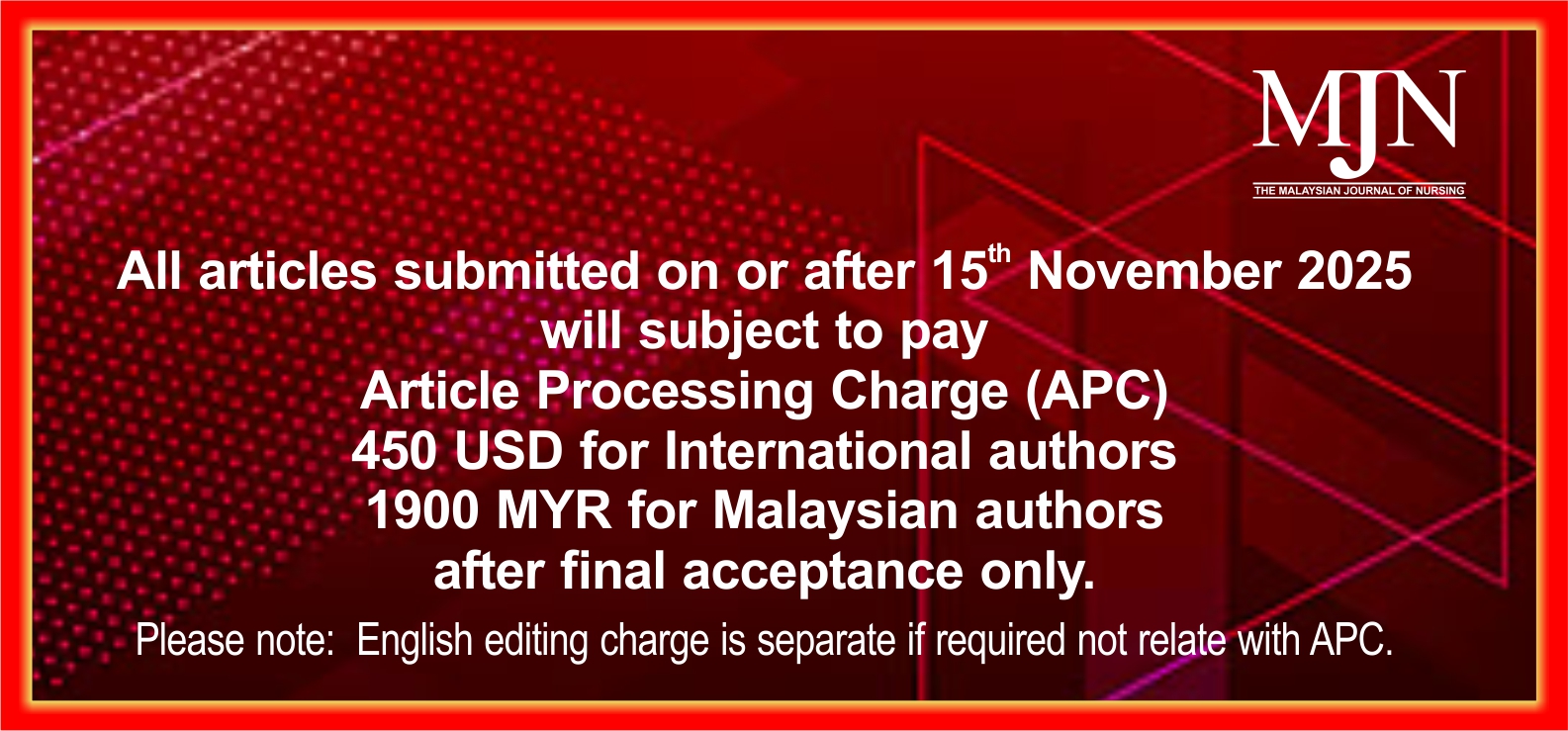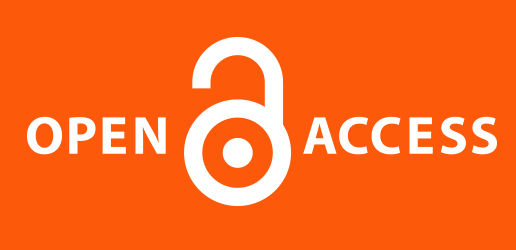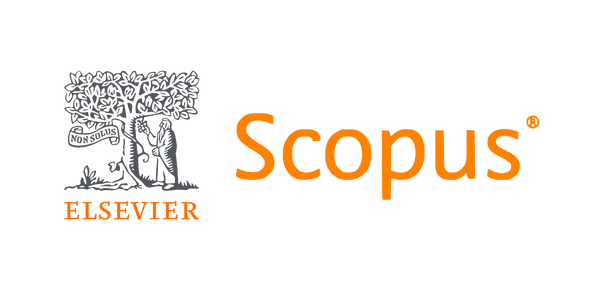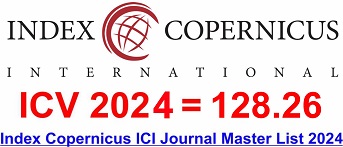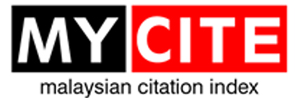Psychosocial Responses of Drug User During Aftercare in Rehabilitation Center
DOI:
https://doi.org/10.31674/mjn.2025.v16i04.029Abstract
Background: Drug abusers are victims who must be saved through rehabilitation. Rehabilitation nursing care restores normality to drug abusers, which is carried out medically and socially. The length of time and rehabilitation methods have implications for the client's psychosocial response. Objective: This research was conducted with the aim of identifying and exploring the psychosocial responses of drug abusers during aftercare process in rehabilitation centre. Methods: An exploratory descriptive design was used. The sampling technique was a total sample of 32 participants who during aftercare at two rehabilitation centres in West Java, Indonesia, during the period from June to August 2023.The study tool used questionnaire. The data were analyzed using descriptive statistics. Results: The emotional response that many drug addicts experience while undergoing rehabilitation is that 84.4% often feel bored, 68.8% often feel sad, 34.4% often feel no peace and 46.9% often have no enthusiasm for undergoing rehabilitation. The mental response experienced by many participants was that 43.8% often felt depressed, 28.1% felt confident that they would not relapse after completing rehabilitation. The behavioral response was 40.6% often felt that they were not strong enough to obey all the rules, 62.5% often felt embarrassed by their status as rehabilitation patients and 62.5% of participants believed that the rehabilitation they were undergoing didn’t make them aware of the need to undergo it live normally. Conclusion: More psychosocial responses are maladaptive. This is most likely an effect of the rehabilitation method used, and the length of time required to undergo rehabilitation.
Keywords:
Aftercare, Drugs, PsychosocialDownloads
References
Abdurrakhman, A., Anakotta, M. Y., Febriyani, E., & Tan, W. (2024). Integrating social rehabilitation into the education system for adolescent drug addicts: legal framework, potential, and challenges. Fiat Justisia Jurnal Ilmu Hukum, 18(1), 67-84. https://doi.org/10.25041/fiatjustisia.v18no1.3352
Ahmed, S. K. (2024). How to choose a sampling technique and determine sample size for research: A simplified guide for researchers. Oral Oncology Reports, 12, 1-7. https://doi.org/10.1016/j.oor.2024.100662
American Addiction Centers.(2024). Drug & alcohol rehab: What to expect in Rehab. Retrieved from: https://americanaddictioncenters.org/rehab-guide/residential/whats-day-like-rehab. Accessed on 25th March, 2025.
Analisa, L., Kamarusdiana, & Adhha, N. (2022). Implementation of rehabilitation for narcotics addicts in positive legal perspective and Islamic law. Al-Risalah Forum Kajian Hukum dan Sosial Kemasyarakatan, 22(1), 92-124. https://doi.org/10.30631/alrisalah.v22i1.1122
Anggarwal, C. (2025). Difference between exploratory research and descriptive research. Retrieved from: https://www.shiksha.com/online-courses/articles/difference-between-exploratory-research-and-descriptive-research. Accessed on 25th March, 2024.
Ariyanti, V. (2017). The victims of drugs abuse and their legal status in the Indonesian narcotics law. International Journal of Business, Economics and Law, 13(4), 119-123. Retrieved from: https://ijbel.com/wp-content/uploads/2017/10/LAW-66.pdf, Accessed on 28th March, 2024.
Batta, A. (2018). Addiction-how and type. Global Journal of Addiction & Rehabilitation Medicine, 5(2). https://doi.org/10.19080/GJARM.2018.05.555656
Hamamah, F. (2021). Rehabilitation on victims of drugs abuse in judicial development. International Journal of Law Reconstruction, 5(2), 354-366. http://dx.doi.org/10.26532/ijlr.v5i2
Hartono, T., Hanamib, V., & Prameswari, F. D. (2023). Drug abuse rehabilitation policiesin Indonesia: a comparison with Vietnam, Australia and Portugal. Wacana Hukum, 29(2), 163-180. https://doi.org/10.33061/wh.v29i2.9576
Hepdarcan, I., Bulut M., Palaz, E., Can, S., & Dural, S. (2021). The distance effect on discrimination ability and response bias during magnitude comparison in a go/no-go task. Attention, Perception & Psychophysics, 83, 2052–2060. https://doi.org/10.3758/s13414-021-02274-5
Hossain, M. D. (2023). The usefulness of a rehabilitation programme for people with stress-related disorders - a case from a rehabilitation center in Estonia. F1000Research, 13, 1-16. https://doi.org/10.12688/f1000research.150260.1
Kabisa, E., Biracyaza, E., Habagusenga, J., & Umubyeyi, A. (2021). Determinants and prevalence of relapse among patients with substance use disorders: case of Icyizere Psychotherapeutic Centre. Substance Abuse Treatment, Prevention, and Policy, 16(13), 1-12. https://doi.org/10.1186/s13011- 021-00347-0
Klingemann, H. (2020). Successes and failures in treatment of substance abuse: Treatment system perspectives and lessons from the European continent. Nordic Studies on Alcohol and Drugs, 37(4), 323-337. https://doi.org/10.1177/1455072520941977
Masanda, A. B., Cabrera, G. A., Andal, A. B. A., Delariarte, C. F., Tanganco, G. F. S., & Balbuena, A. F. R. (2021). Program evaluation of a community-based drug rehabilitation center: The perspectives of the persons who use drugs (PWUDs). Journal of Psychology Tazkiya, 9(2), 164-176. http://dx.doi.org/10.15408/tazkiya.v9i2.21699
National Narcotics Board. (2024). National survey of drug abuse 2023. Badan Narkotika Nasional, 3, 59. Retrieved from: https://puslitdatin.bnn.go.id/konten/unggahan/2024/07/National-Survey-on-Drug-Abuse-2023.pdf. Accessed on 12th April, 2024.
Ndetei, D. M., Nyamai, P., & Mutiso, V. (2023). Boredom–understanding the emotion and its impact on our lives: An African perspective. Frontiers in Sociology, 8. https://doi.org/10.3389%2Ffsoc.2023.1213190
Park, G., Lim, B.C., & Oh, H.S. (2019). Why being bored might not be a bad thing after all. Academy of Management Discoveries, 5(1). http://dx.doi.org/10.5465/amd.2017.0033
Prihadi, D. (2024). Implementation of the rehabilitation program to reduce the prevalence rate of narcotics abuse in South Sumatra-Indonesia. KnE Social Sciences, 189-200. https://doi.org/10.18502/kss.v9i18.16350
Raharni., Isfandari, S., Purnamasari, T., Susianti, A. L., & Mujiati. (2022). Determinant factors of narcotics, psychotropic, and addictive substances abuse relapse in a drug rehabilitation centre in Indonesia. Pharmacy Education, 22(2), 207-212. https://doi.org/10.46542/pe.2022.222.207212
Rahayu, G. Z., Suhanda., & Firmansyah, A. (2024). Implementation of psychosocial rehabilitation in adolescents using drugs with ineffective coping problems. Jurnal VNUS Vocational Nursing Science, 6(1), 23-33. https://doi.org/10.52221/jvnus.v6i1.304
Siahaan, R. H. (2024). Cultural research on drug users in Indonesia. Jurnal Ilmiah Mahasiswa Pendidikan Sejarah, 9(2), 679-685. Retrieved from: https://jim.usk.ac.id/sejarah/article/view/30874/14045. Accessed on 18th March, 2024.
Song L, Y., Huang Z, J., Shuang Yang S., Ran Bu D., Nian Yi., & Zheng X. (2024). Effectiveness of short-term exercise on drug rehabilitation effect for drug abusers: A systematic review and meta-analysis. International Journal of Sport and Exercise Psychology, 22(9), 2111–2136. https://doi.org/10.1080/1612197X.2023.2264298
Susanti, H., Wardani, I, Y., Fitriani, N., & Kurniawan. (2022). Exploration the needs of nursing care of drugs addiction service institutions in Indonesia. Open Access Macedonian Journal of Medical Sciences, 10(G), 45-51. https://doi.org/10.3889/oamjms.2022.7778
United Nations Office on Drugs and Crime (UNODC). (2024). Indonesia: Counter Transnational Organized Crime and Illicit Trafficking. Retrieved from: https://www.unodc.org/indonesia/en/issues/counter-transnational-organized-crime-and-illicit-trafficking.html. Accessed on 14th April, 2024.
Utomo, S. F. P., Dewi, I. P., Seman, N., & Pratiwi, D. R. (2024). Holistic rehabilitation in action: A data-driven analysis of the impact on quality of life among individuals with psychoactive substance abuse. Journal of Holistic Nursing, 40(2), 135–143. https://doi.org/10.1177/08980101241237903
Uyun, M. (2023). Improving residents' understanding of stress coping at AR Rahman drug rehabilitation centre. Community Empowerment, 8(5), 656-662. http://dx.doi.org/10.31603/ce.9081
Wahyuningtyas, D.T., & Nurrilla, R. D. (2021). The Self-efficacy source of high schools’ anti-drugs abuse cadres in Surabaya, Indonesia, Jurnal Promkes: The Indonesian Journal of Health Promotion and Health Education, 9(1), 1-10. http://dx.doi.org/10.20473/jpk.V9.I1.2021.1-10
Wong, J. C. S., Yang, J. Z., & Liu, Z. (2023). It’s the thoughts that count how psychological distance and affect heuristic influence support for aid response measures during the COVID-19 pandemic. Health Communication, 38(12), 2702-2710. https://doi.org/10.1080/10410236.2022.2109394
Yolita, E., Tas’adi, R., Desmita., & Rahayu, Z. S. P. (2022). Factors causing drug abuse in rehabilitation clients and psychological attendants. Darussalam Journal of Psychology and Educational, 1(1), 1–7. https://doi.org/10.55849/djpe.v1i1.1
Published
How to Cite
Issue
Section
License
Copyright (c) 2025 The Malaysian Journal of Nursing (MJN)

This work is licensed under a Creative Commons Attribution-NonCommercial-NoDerivatives 4.0 International License.


